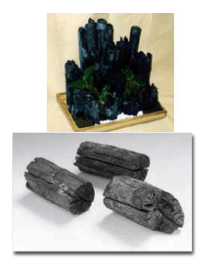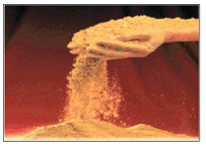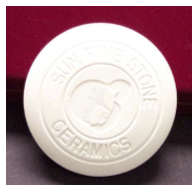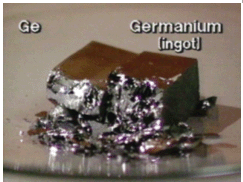Charcoal, Yellow Mud, Bio Ceramic Stone & Germanium

The Effect of Charcoal
If you put the sack of charcoal in your room, you can protect your body from bad factors such as antiseptic effect, purifying, controlling humidity, production of Negative ions, blocking of harmful electromagnetic waves and radiation, the heating effect of infrared rays, removing bad smell and sweat. So you can have a good sleep because of these effects.
Yellow mud

It can resolve and purify inner body toxins because it has many good micro organisms. It emits far infrared rays, which can absorb chronic fatigue primary factors, bad smell and bacteria. It can keep the proper body temperature and proper moisture.
Bio Ceramic Stone for Health

•Bio ceramic elements can help the body by increasing the circulation of blood and penetrate deep into the human body to activate cells, promote good health and alleviate pain. •Bio-Ceramic Elements emit a high percent of far-infrared rays from 6 to 14 microns which penetrate deep into the human body. •Bio Ceramic Elements can have a good effect for blood circulation, fatigue, rheumatism, arthritis, metabolism, stress, weight loss, improving sleep, the autonomic nervous system, age spots and cell strengthening.
Germanium the Element

Germanium as an element was identified in 1886 by a German chemist named Clemens Winkler. The existence of an element with Germanium’s atomic structure was actually predicted by the Russian chemist Mendeleev, who left a space in his periodic table for an element which he named ‘ekasilicon’. Winkler isolated this element during an analysis of the ore argyrodite, a silver mineral, from the Himmelsfurst mine, St. Michaelis near Freiburg in Saxony and named it Germanium after his homeland. Germanium belongs to the 4th family of the periodic table, along with carbon, silicon, tin and lead, and is usually classified as a semi-metal, or said to have semiconductor properties.
Germanium is not that rare in the universe, with estimates ranging from 10-55 parts per million (ppm) (92). On the earth’s crust its concentration is approximately 6 ppm therefore being more abundant than gold, silver, cadmium, bismuth, antimony and mercury, and in the same range as molybdenum, arsenic, tin, boron and beryllium. Germanium rarely forms its own mineral deposits. In most cases, Germanium is found in small (ppm) levels in the sulphidic ores of lead, zinc and copper, although occasionally levels of 100 ppm have been found in deep thermal deposits of zinc. Germanium is highly concentrated in some coals, about 500 ppm. The highest reservoirs, worldwide, of Germanium are found in Tsumeb (formerly German South West Africa) and Kipushi (Zaire), with concentrations reaching 1000 ppm.

